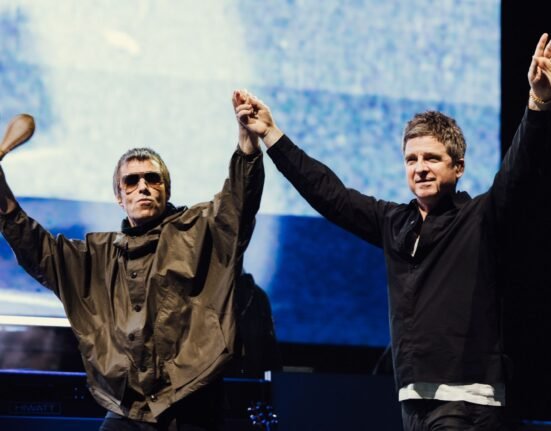Offices. The same tired, millennial grey walls, coffee machines spitting out bitter Nespresso, meeting rooms overcrowded and underventilated. But for Britain’s creative powerhouses, those sad, fluorescent-lit boxes are a world away. Their places of work are theatres in themselves – where empty space becomes a canvas for sprawling moodboards, natural light pours in on tailors cutting fabrics, and mixing desks flash with loops, ready to lay down the next viral track.
With Brexit, then inflation, and now tariffs, making art in this country can feel like dodging and jumping your way through a video game. Is it worth it? The designers, architects, performers, artists and entertainment masterminds who make British culture a global phenomenon say: yes. We met them in their workspaces, to find out not how, but where they do it.
Royal Opera House – Performing Arts, Covent Garden
You know the ROH for its stage, but the historic building is very much an office for the more than 3,000 technical staff, music librarians, footwear supervisors, armourers and freelancers who work there. The backstage area is the largest of any theatre in the UK, which means the set and scenery of multiple productions can be stored on-site. That’s a whole lot of wigs, tutus and hefty backdrops constantly moving around this 10-floor, 2.5-acre space – hence why the ROH has the second biggest lift in Europe (you can fit an entire truck inside it). The footwear team are some of the most prolific people in the building, as the Royal Ballet and Opera goes through more than 6,000 pairs of pointe shoes every year. “We start rehearsing several productions every morning, onstage and in rehearsal rooms, and continue throughout the day until the show is taken offstage at the end of the night, ready to put a different production on the next morning,” explains Emma Wilson, director of technical, production and costume. Working in a space that dates back to 1858 can be both charming and challenging. But with age comes mastery: every detail has been considered for decades – if not centuries. Velvet is used on the seats because it’s the best material for mimicking the sound absorption of the human body. So whether the auditorium is empty for rehearsal or full of 2,256 patrons, the orchestra will stay on concert pitch.










